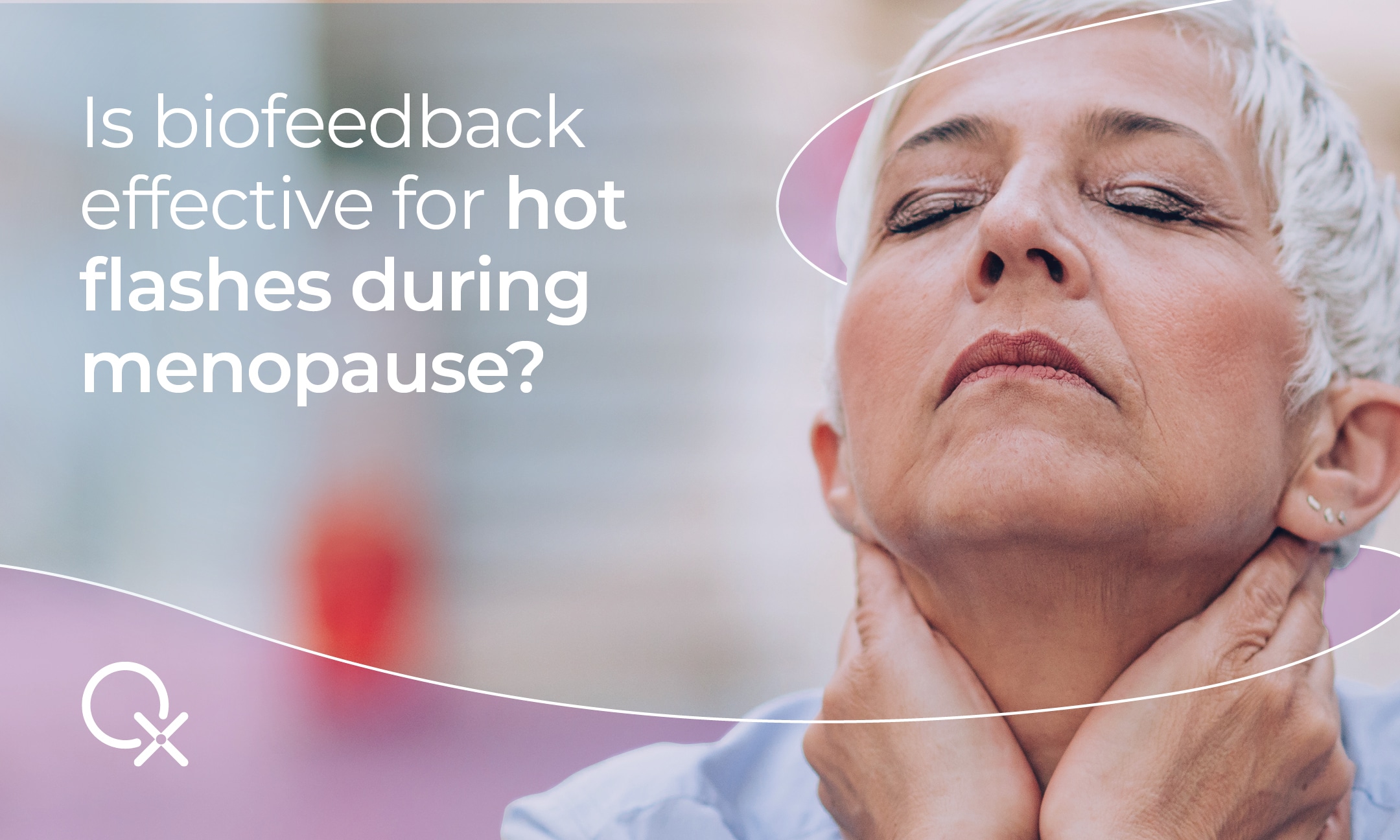
If you’ve ever experienced a hot flash, you know how unsettling it can be. These sudden waves of heat, often accompanied by sweating and flushing, can leave you feeling drained. While they are most commonly associated with menopause, hot flashes can result from a variety of causes. Understanding these triggers is the first step to finding relief.
Hot flashes occur when the body’s thermoregulatory system, controlled by the hypothalamus – the part of the brain that regulates body temperature – is disrupted. During menopause, hormonal changes including declining estrogen levels can confuse this internal thermostat, making your body think it’s overheating. This miscommunication triggers a cooling response, such as sweating and vasodilation, which causes flushing. The body may then overcompensate, leaving you feeling chilled.
However, hot flashes are not exclusive to menopause. They can also be caused by:
As mentioned, hot flashes don’t occur only during menopause. If you have an overactive thyroid (hyperthyroidism), your body produces too many thyroid hormones, which speeds up your metabolism. This can leave you feeling restless, sweaty, and prone to sudden waves of heat. The link between your thyroid and hot flashes might not always be obvious, but it’s a key factor worth investigating.
Did you know that certain foods might be making your hot flashes worse? If your body struggles to break down histamine – a compound found in many foods – you could experience not only flushing but also allergy-like symptoms such as:
In addition to alcohol, foods high in histamine include aged cheese, smoked meats, pickled vegetables, tomatoes, strawberries, and kiwis. If you’re experiencing hot flashes, switching to fresher, less processed options like fresh meat or fish might make a significant difference.
Biofeedback technology offers a groundbreaking approach to managing hot flashes by addressing both hormonal og psycho-emotional contributors. By providing real-time feedback on physiological responses like heart rate, skin temperature, and stress levels, biofeedback helps women understand and regulate their body’s reactions.
Specifically, biofeedback-utøvere who use QX biofeedback-teknologi can:
1. Address hormonal imbalance
While biofeedback doesn’t directly alter hormones, it helps regulate the body’s stress response, which is closely tied to hormonal fluctuations during menopause. Stress can exacerbate hot flashes, and biofeedback helps break this cycle.
2. Promote relaxation
By promoting deep relaxation and calming the nervous system, biofeedback helps reduce tension in the body, which can in turn diminish the severity of hot flashes.
3. Support nutrition and overall health
Biofeedback encourages mindful awareness of the body’s needs, complementing nutritional strategies that support hormone regulation and overall well-being.
4. Help release suppressed emotions
Emotional stress or unresolved feelings can intensify menopausal and perimenopause symptoms. Biofeedback encourages emotional awareness and release, promoting a more balanced state of mind.
During a typical biofeedback session, clients observe their body’s stress and hormonal signals in real time, learning how to bring them into balance. This non-invasive approach empowers women to manage hot flashes naturally and effectively.
Biofeedback is most effective when combined with a holistic approach:
+1 (989) 681-1063
+1 (856) 322-8589